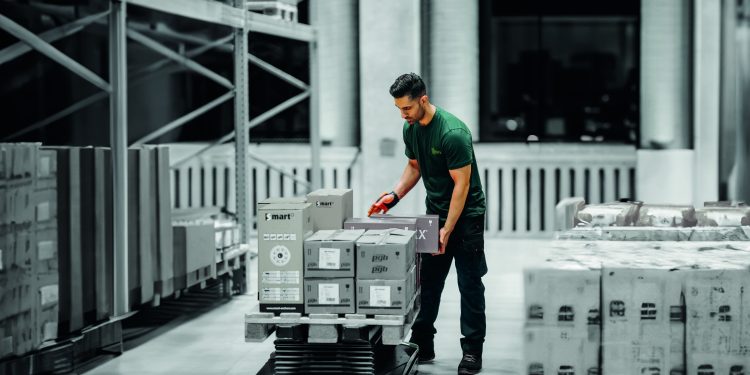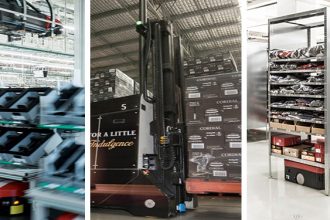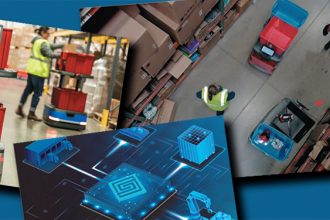Order Orchestration Optimization Through Robots

Today’s robots are more sophisticated than ever, as is the software that coordinates them.
Orchestrating work flows to ensure efficient order processing is a complex job, even more so when completing interdependent tasks manually. Human capital affords vulnerability with potential oversights, errors, inefficiencies, and delays. Experience has shown that employees may be hesitant to make decisions for fear of making mistakes, which can negatively impact operations, and lead to a suboptimal customer experience. The problem is only compounded by ongoing labor availability issues, which is hitting manufacturing and supply chains particularly hard.
All these factors alone make it worthwhile to consider mobile robotics to optimize and enhance order orchestration. When you integrate intelligent robotics into the mix, you introduce a level of automation that allows your processes to flow more smoothly and eliminate costly errors.
Today’s mobile robots are sophisticated co-workers, operating individually or as a collective team. They utilize sensors, vision and advanced algorithms allowing them to navigate obstacles, communicating and collaborating with other robots, and even your operators.
Mobile robots that provide goods-to-person/robot services are widely known to operate surface level but are quickly gaining the reputation for their ability to operate vertically and within static rack structures as well. The ability to use all the available space and maximize the cube is more important than ever. Today organizations are working diligently to reduce last mile cost by getting closer to the end customer and increasing labor productivity to maximize the output of a single facility. In doing so, supply chains can potentially delay unnecessary capital cost associated with real estate acquisition. With the utilization of the building cube, comes an even more important emphasis on how operations can use automation to optimize order fulfillment and inventory slotting based on SKU velocity.
When it comes to applying mobile robots to your order orchestration, the robots will directly coordinate with your WMS or other execution software to provide numerous data points. Mobile robots can now provide real-time visibility and tracking, allowing visibility to open and closed orders, trigger replenishment messages in real-time and carry over to support demand forecasting, modeling out of stocks, and when to push or pull your inventory.
Other benefits of the coordination between robots and host systems include automating your replenishment processes, optimizing on-hand inventory levels, and reducing shrinkage through reduction of unnecessary touches. Robots can help monitor inventory across the entire network, detecting anomalies and improving your customer experience.
Moving from manual orchestration to automated—especially when it involves robots—can be a game changer for your operations.
Source: Bill Stenger, Knapp
To learn more about The Robotics Group (TRG): mhi.org/trg
For further articles from the The Robotics Group (TRG):
Robotics in Logistics, Part 2 – You’ve Decided to Add Robots—Now What?
Will Robots Change Your Warehouse Culture?
Robots Make Work Easier For Humans
When Flooring Takes Center Stage In Robotics
How To Avoid Potential Pitfalls Of Robotics Ownership
Your Guide To Successful Metrics For Automation Implementation



